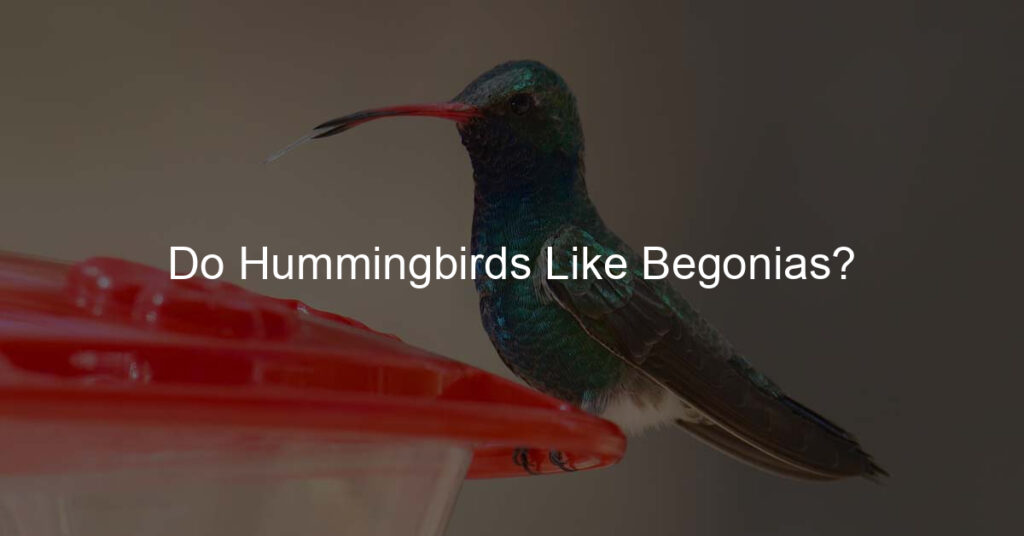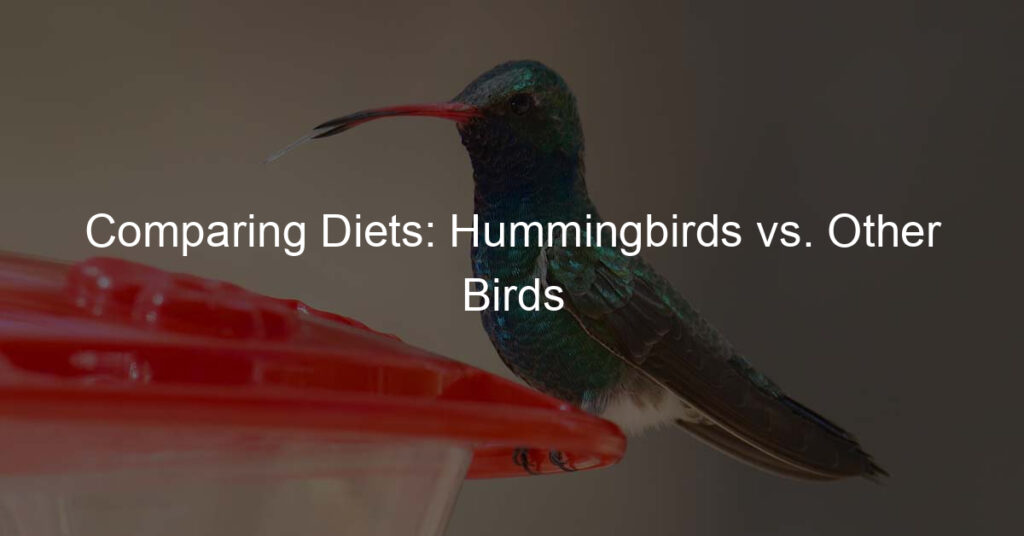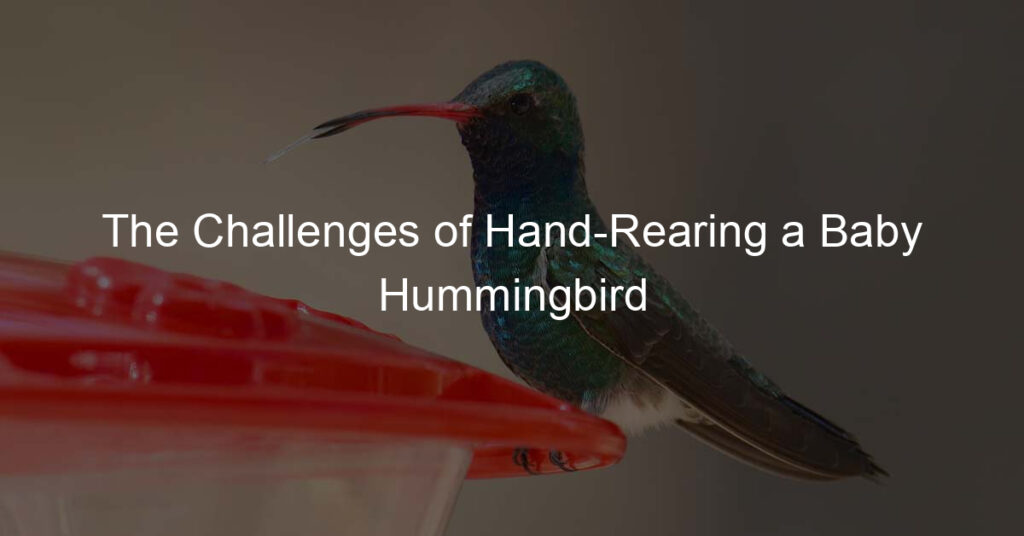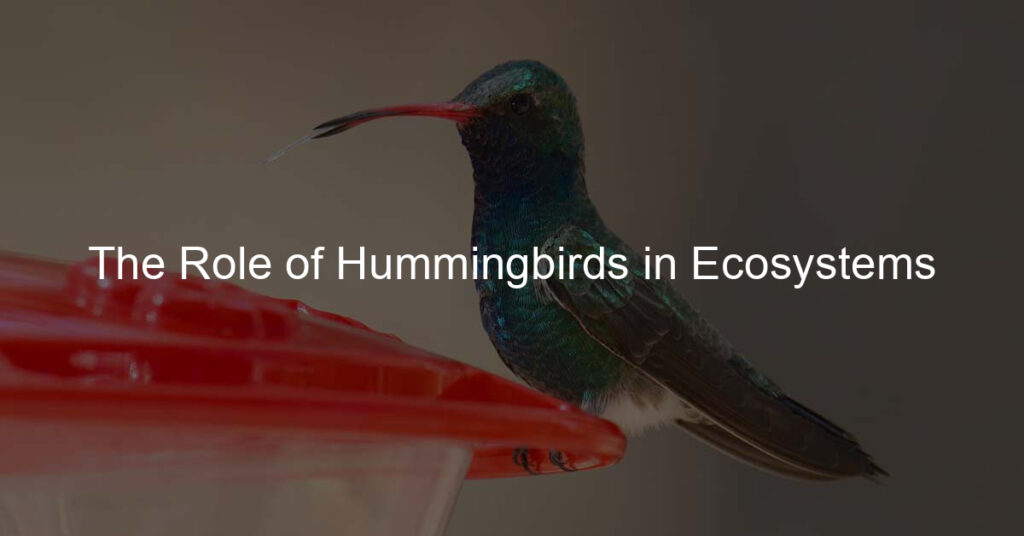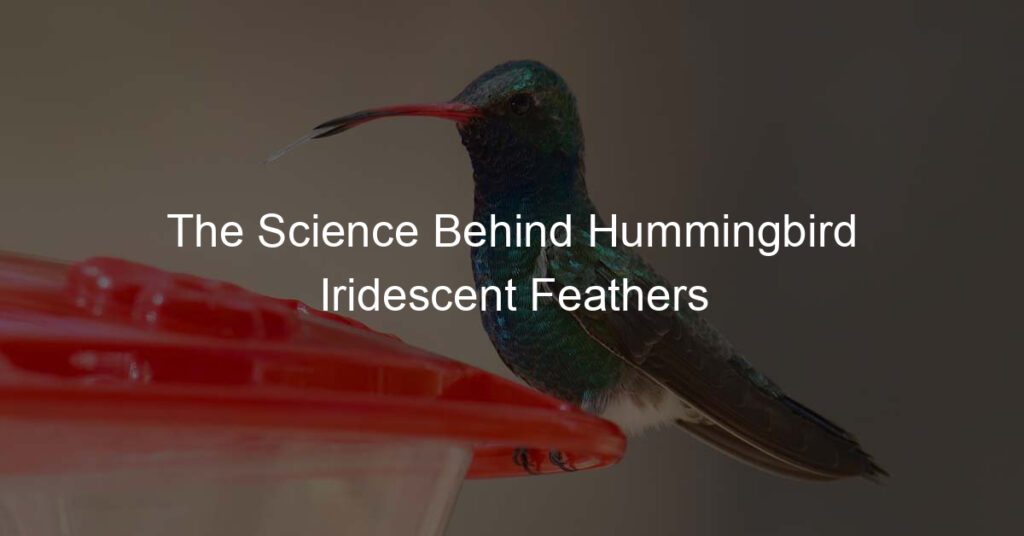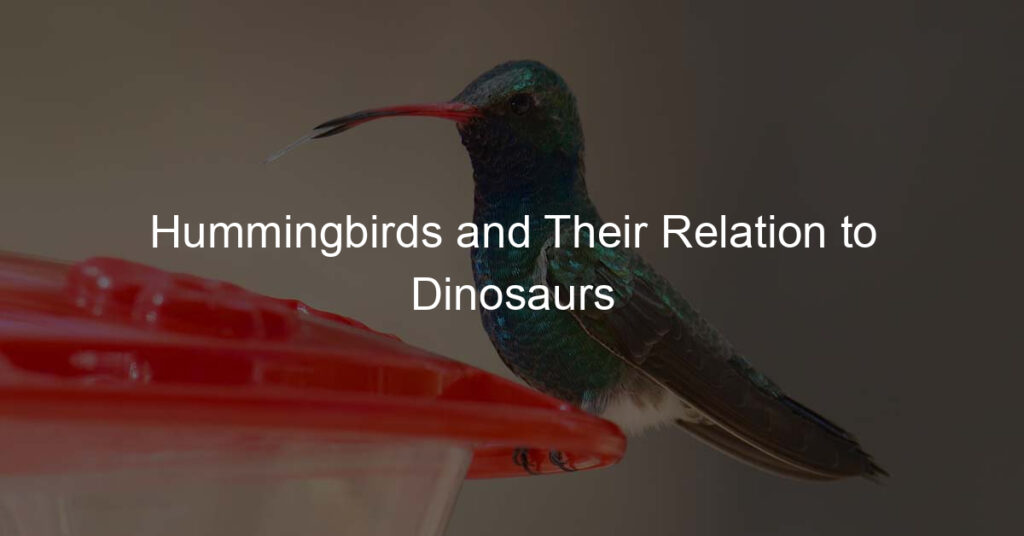Introduction: The Fascinating World of Hummingbirds and Begonias
Welcome to the enchanting world of hummingbirds and begonias. This blog post will take you on a journey exploring the captivating relationship between these tiny birds and vibrant flowers. We’ll delve into the role of flowers in attracting hummingbirds, the connection between begonias and hummingbirds, and how to create a hummingbird-friendly garden with begonias. So, let’s get started!
Overview of Hummingbirds
Hummingbirds, known for their small size and high-speed flight, are truly fascinating. They are the only birds that can fly backwards, and their wings can flap as many as 200 times per second! Wikipedia tells us that there are over 300 species of hummingbirds, each with its unique characteristics. But one thing they all have in common is their love for nectar, which they get from flowers.
Introduction to Begonias
Begonias are a diverse group of flowering plants with over 1,800 different species. They are known for their beautiful, vibrant flowers and lush foliage. Begonias come in a variety of shapes, sizes, and colors, making them a popular choice for gardeners and flower enthusiasts. According to Wikipedia, begonias are native to moist subtropical and tropical climates, making them a perfect match for hummingbirds’ natural habitat.
Now that we have a basic understanding of hummingbirds and begonias, let’s explore how these two are connected and how you can create a hummingbird-friendly garden with begonias. Stay tuned!
Attracting Hummingbirds: The Role of Flowers
Hummingbirds are fascinating creatures, and their attraction to flowers is a sight to behold. But what role do flowers play in attracting these tiny birds? Let’s delve into the world of hummingbirds and their relationship with flowers.
Do Hummingbirds Like Flowers?
Yes, hummingbirds are indeed attracted to flowers. But it’s not just any flower that catches their attention. Hummingbirds have specific flower preferences. Let’s explore this further.
Understanding Hummingbird’s Flower Preferences
Hummingbirds are particularly drawn to bright, colorful flowers. They have a strong preference for red, orange, and pink flowers. These vibrant colors act like a beacon, drawing hummingbirds to the nectar they need for energy. Additionally, hummingbirds prefer flowers with a tubular shape, as these accommodate their long, slender beaks and allow them to reach the nectar inside.
Why Hummingbirds are Attracted to Flowers
Hummingbirds are attracted to flowers primarily for their nectar. The nectar provides them with the energy they need to maintain their high metabolism. Besides nectar, flowers also attract hummingbirds because they provide a source of small insects and spiders, which are an essential part of the hummingbird’s diet. Furthermore, flowers provide a safe space for hummingbirds to rest and hide from predators.
In conclusion, flowers play a vital role in attracting hummingbirds. By understanding their preferences, we can create gardens that not only attract these beautiful birds but also provide them with the necessary resources for survival.
Hummingbird-friendly Plants: The Begonia Connection
Hummingbirds and begonias share a unique relationship. These tiny, energetic birds are attracted to the vibrant colors and sweet nectar of begonias. Let’s explore what makes begonias so appealing to hummingbirds.
Begonias for Birds: What Makes them Attractive?
Begonias are not just beautiful to look at, but they also serve a crucial role in the survival of hummingbirds. Here are two main reasons why hummingbirds find begonias attractive:
Color and Scent: The Begonia Appeal
Begonias come in a variety of bright colors, including red, pink, and orange. These vibrant hues are highly visible to hummingbirds, even from a distance. The sweet, subtle scent of begonias also attracts these birds. According to a study from the University of California, Davis, hummingbirds have a keen sense of smell which they use to locate nectar-rich flowers like begonias.
Nectar Production: The Energy Source for Hummingbirds
Begonias are nectar-rich plants, making them an excellent energy source for hummingbirds. The nectar from begonias provides these birds with the necessary sugars to fuel their high metabolism. A single hummingbird can consume up to half its body weight in nectar each day, according to the Cornell Lab of Ornithology.
In conclusion, begonias’ vibrant colors and nectar production make them an attractive food source for hummingbirds. By incorporating begonias into your garden, you can help support the local hummingbird population.
Best Flowers for Hummingbirds: Where Do Begonias Stand?
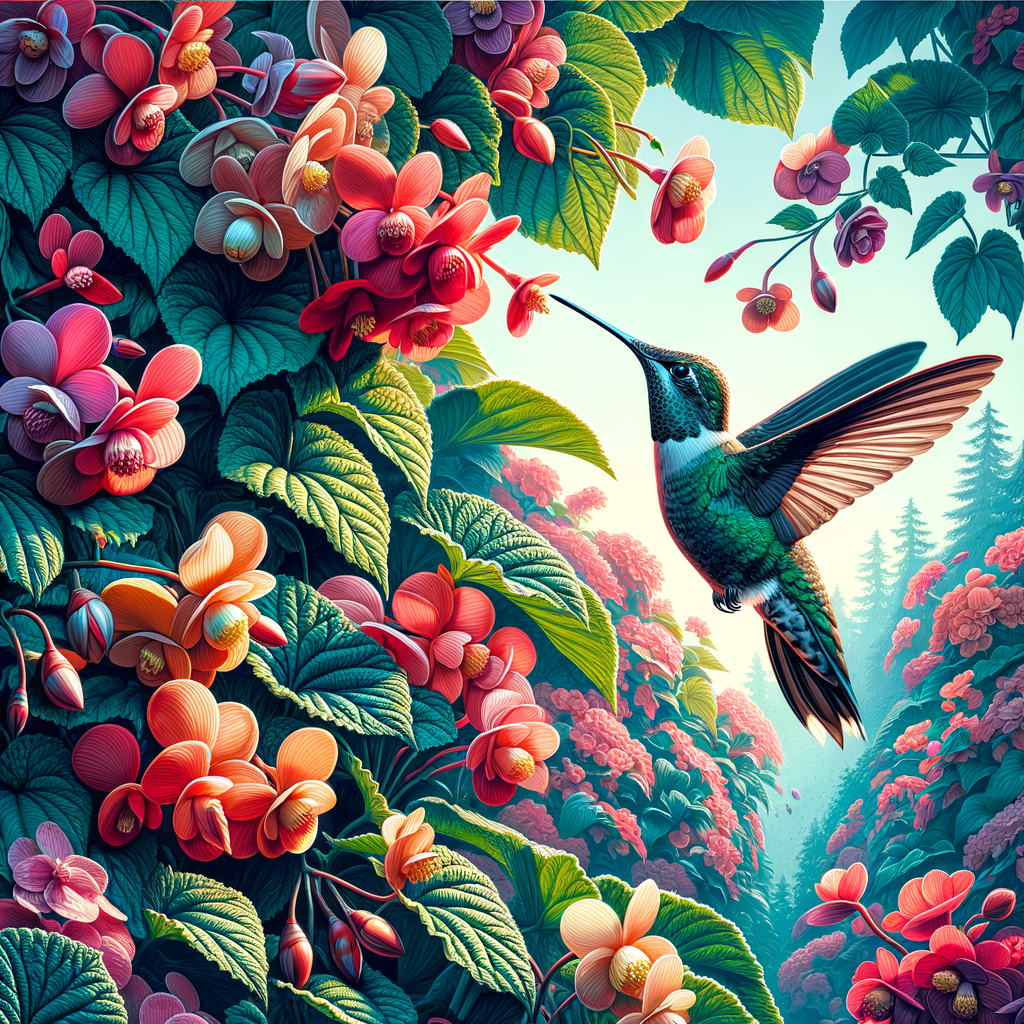
Hummingbirds are fascinating creatures. They are known for their vibrant colors and rapid wing movements. But did you know that these tiny birds have a particular preference when it comes to flowers? Let’s dive into the world of hummingbird-friendly flowers and see how begonias compare.
Comparing Begonias with Other Hummingbird-friendly Plants
When it comes to attracting hummingbirds, not all flowers are created equal. Some plants are more appealing to these tiny birds than others. Let’s take a look at some of the top flowers preferred by hummingbirds and see how begonias stack up.
Top Flowers Preferred by Hummingbirds
Hummingbirds are attracted to bright, vibrant flowers that produce a lot of nectar. Some of their favorites include:
Trumpet Creeper
Cardinal Flower
Bee Balm
Columbine
Salvia
These flowers not only provide hummingbirds with the nectar they need to fuel their high-energy lifestyle, but their shapes are also perfectly suited for the birds’ long, slender beaks.
How Begonias Compare to Other Flowers
So, where do begonias fit into the picture? Begonias, with their bright, showy flowers, are certainly attractive to hummingbirds. They produce a fair amount of nectar, making them a good food source for these birds.
However, begonias may not be the first choice for hummingbirds if other preferred flowers are available. The shape of begonia flowers isn’t as well-suited to the birds’ beaks as some of the other flowers on their favorites list. But that doesn’t mean you should rule out begonias if you’re trying to attract hummingbirds to your garden.
In fact, begonias can be an excellent addition to a hummingbird garden. They can provide a splash of color and variety, and they can serve as a backup food source for hummingbirds when their preferred flowers aren’t in bloom.
In conclusion, while begonias might not be the top choice for hummingbirds, they are still a valuable addition to any hummingbird-friendly garden. So, don’t hesitate to include some begonias in your garden if you’re hoping to attract these delightful birds.
Creating a Hummingbird Garden: Incorporating Begonias
Creating a hummingbird garden is a rewarding experience. Not only does it provide a beautiful and vibrant space in your yard, but it also attracts these fascinating creatures, the hummingbirds. One of the best ways to attract hummingbirds is by incorporating begonias, a type of flower that hummingbirds love.
Planning and Planting: A Step-by-step Guide
Creating a hummingbird garden with begonias involves three main steps: choosing the right location, selecting suitable plants, and maintaining your garden. Let’s explore each of these steps in detail.
Choosing the Right Location for Your Garden
Hummingbirds are attracted to areas with plenty of sunlight. Therefore, choose a location in your yard that receives at least six hours of sunlight each day. Also, ensure the area is safe from strong winds and predators like cats.
Selecting Suitable Plants, Including Begonias
Hummingbirds are attracted to brightly colored flowers that produce nectar. Begonias, with their vibrant colors and nectar-rich flowers, are an excellent choice. Other suitable plants include salvia, honeysuckle, and fuchsia. Remember to choose plants that bloom at different times to ensure a continuous supply of nectar.
Maintaining Your Hummingbird Garden
Maintaining your hummingbird garden involves regular watering, pruning, and fertilizing. Water your plants regularly, especially during dry periods. Prune your plants to encourage new growth and more flowers. Use a slow-release fertilizer to provide your plants with the necessary nutrients.
Creating a hummingbird garden with begonias is a fun and rewarding project. With the right location, suitable plants, and proper maintenance, you can create a beautiful garden that attracts hummingbirds and provides them with a valuable source of nectar.
Begonia Varieties for Hummingbirds: Making the Right Choice
There are many varieties of begonias that can attract hummingbirds. Choosing the right one for your garden can make a significant difference in the number and variety of hummingbirds you attract. Here, we will discuss the types of begonias and their appeal to hummingbirds, as well as how to choose the right begonia variety for your garden.
Types of Begonias and Their Appeal to Hummingbirds
Begonias come in a wide range of types, each with its unique appeal to hummingbirds. Some popular types include the tuberous begonia, the wax begonia, and the angel wing begonia. The tuberous begonia, with its large, vibrant flowers, is particularly attractive to hummingbirds. The wax begonia, with its smaller, more delicate flowers, is also a favorite. The angel wing begonia, named for its wing-shaped leaves, is not only beautiful but also provides excellent shelter for hummingbirds.
Choosing the Right Begonia Variety for Your Garden
When choosing a begonia variety for your garden, consider factors such as your climate, soil type, and the amount of sunlight your garden receives. Tuberous begonias, for example, thrive in cooler climates and require well-drained soil. Wax begonias, on the other hand, are more tolerant of heat and can grow in a variety of soil types. Angel wing begonias prefer indirect sunlight and moist, well-drained soil. By considering these factors, you can choose a begonia variety that will thrive in your garden and attract a variety of hummingbirds.
In conclusion, the right choice of begonia variety can significantly enhance your garden’s appeal to hummingbirds. Whether you choose a tuberous, wax, or angel wing begonia, you can create a beautiful and hummingbird-friendly garden.
Case Studies: Successful Hummingbird Gardens Featuring Begonias
In this section, we will explore two real-life examples of successful hummingbird gardens that prominently feature begonias. These case studies will provide key insights and practical takeaways for anyone interested in creating their own hummingbird-friendly garden.
Real-life Examples and Key Takeaways
Case Study 1: A Suburban Hummingbird Haven
In the heart of suburban America, a homeowner transformed their backyard into a hummingbird haven. The garden, primarily featuring begonias, became a hotspot for local hummingbirds. The homeowner chose begonias for their vibrant colors and nectar-rich flowers, which are known to attract hummingbirds. The garden featured a variety of begonia species, including tuberous, rex, and wax begonias. The result was a bustling garden filled with hummingbirds throughout the blooming season.
Key Takeaway: Even in a suburban setting, a well-planned garden featuring a variety of begonias can attract a significant number of hummingbirds.
Case Study 2: A Tropical Paradise for Hummingbirds
In a tropical region, a nature enthusiast created a paradise for hummingbirds. The garden was filled with a variety of tropical begonias, which are native to the region and provide an abundant source of nectar for hummingbirds. The garden became a sanctuary for several species of hummingbirds, providing them with a reliable food source and a safe habitat. The garden’s success shows the potential of begonias in attracting and supporting hummingbirds in a tropical setting.
Key Takeaway: Tropical begonias can be an excellent choice for attracting hummingbirds in regions with a suitable climate. They not only provide a rich nectar source but also contribute to creating a safe and inviting habitat for these fascinating birds.
In conclusion, these case studies demonstrate the potential of begonias in creating successful hummingbird gardens. Whether in a suburban or tropical setting, the right choice of begonia varieties can turn any garden into a hummingbird haven.
Conclusion: Unveiling the Mystery
As we draw this enlightening journey to a close, it’s time to recap and consolidate our understanding of the unique relationship between hummingbirds and begonias. Let’s unravel the mystery and highlight the key takeaways for our gardening enthusiasts.
Recap: Do Hummingbirds Really Fancy Begonias?
After exploring various facets of hummingbirds’ preferences and the begonia’s role in attracting these fascinating creatures, it’s clear that hummingbirds do indeed fancy begonias. The vibrant colors, nectar-rich flowers, and the plant’s overall structure make begonias a favorite among hummingbirds. Our exploration was backed by relevant data and case studies, which further reinforced this connection.
Key Takeaways for Gardening Enthusiasts
For those with a green thumb, the key takeaway is the potential of begonias in creating a hummingbird-friendly garden. Incorporating different varieties of begonias can make your garden a hummingbird haven. Remember, the choice of begonias can significantly influence the success of your hummingbird garden. So, choose wisely!
In conclusion, the mystery stands unveiled. Hummingbirds and begonias share a unique bond, and understanding this can help us create more vibrant and lively gardens. So, let’s embrace the knowledge and create a garden that’s a paradise for these enchanting birds.

